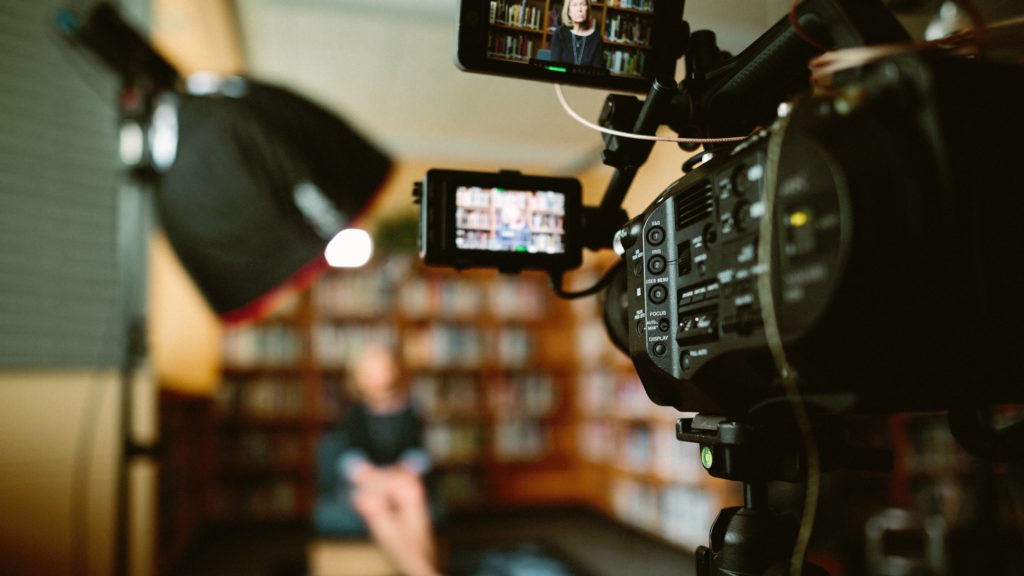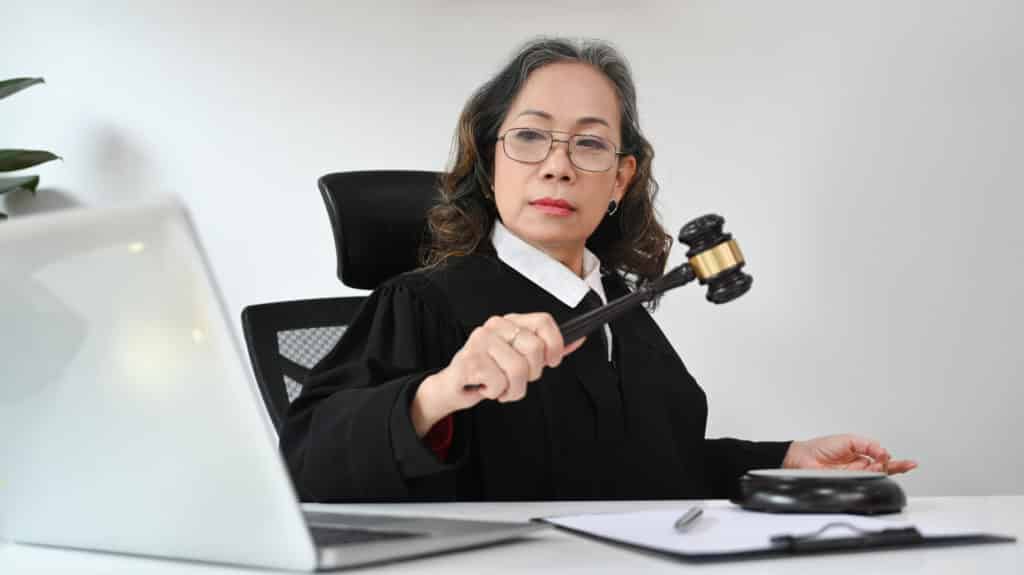Exploring the Systems of Legal Videography: Introduction Its Operation in Safeguarding Genuine Aesthetic Testament for Judicial Proceedings
In the realm of judicial proceedings, the function of legal videography stands as a keystone in maintaining and offering aesthetic proof. As innovation remains to advance, the mechanisms behind legal videography have ended up being progressively detailed, providing a crucial layer of authenticity to testimonies captured on video clip. By delving into the operational intricacies of lawful videography, one can discover the thorough procedures that secure the integrity of aesthetic evidence provided in courtrooms - Legal Videography. This expedition not only loses light on the historic advancement of legal videography but additionally hints at the future fads that might even more revolutionize exactly how aesthetic testaments are supported in the world of justice.
Historical Development of Legal Videography
Taking a look at the historic progression of legal videography exposes a substantial improvement in the capturing and presentation of aesthetic proof within the legal landscape. In the past, legal proceedings greatly depended on composed records and photos to record events and supply proof. With the advent of video clip technology, the lawful market saw a standard change in exactly how visual testament was captured and offered.
The evolution of lawful videography can be mapped back to the late 20th century when developments in video clip recording tools made it more easily accessible for use in courts. This technical innovation not just enhanced the precision and integrity of aesthetic evidence yet additionally reinvented the way cases existed to courts and juries (Legal Videography). Attorneys began to identify the influential power of video clip recordings in conveying feelings, nuances, and non-verbal signs that written transcripts or photos alone might not record efficiently

Technology Developments in Video Documents
What key technological improvements have reinvented video paperwork in the lawful field? The lawful field has actually seen considerable developments in video documents technology that have enhanced the credibility and reliability of aesthetic evidence in judicial procedures. One of the vital innovations is high-definition (HD) video clip recording capabilities, which give crystal-clear pictures and sharp information that are crucial for accurately catching testaments, face expressions, and other visual signs. In addition, the integration of timestamping and metadata features in video documentation devices has enabled specific documentation of when and where the video was videotaped, guaranteeing the integrity of the proof offered in court.
Additionally, developments in video security and watermarking technologies have strengthened the safety and tamper-proof nature of video proof, securing it versus unauthorized alterations or meddling. Moreover, the arrival of cloud storage services and remote access abilities has structured the storage space, retrieval, and sharing of video evidence, promoting smooth collaboration among lawyers and making sure reliable access to important visual statements when required. These technological developments in video clip documents have actually undoubtedly transformed the lawful field, enhancing the accuracy, credibility, and admissibility of aesthetic proof in judicial procedures.
Role of Legal Videographers in Courtroom Setups
The advancement of video paperwork innovation in the lawful area has demanded a crucial function for lawful videographers in courtroom settings, guaranteeing the honesty and integrity of visual statements presented during judicial procedures. Lawful videographers play an essential role in capturing and preserving precise aesthetic evidence that can be essential in court situations. Their obligation includes establishing devices, tape-recording process, and creating high-grade video clips that accurately show the occasions in the court room.
In addition, lawful videographers typically function carefully with lawful groups to make certain that the video evidence straightens with the instance's demands and can be successfully offered in court to support the lawful disagreements being made. Generally, the role of lawful videographers in court setups is vital in upholding the concepts of justice and ensuring the transparency of legal proceedings. Legal Videography.

Ensuring Admissibility and Honesty of Video Clip Evidence
To keep the credibility of visual proof offered in legal process, making sure the admissibility and stability of video proof is an essential obligation for lawful videographers. Admissibility refers to the approval of evidence by the court, and for video evidence to be acceptable, it has this contact form to satisfy certain standards. Lawful videographers play a crucial function in making sure that the videos they catch follow the rules of evidence, such as reliability, authenticity, and importance.
Integrity of video clip evidence entails maintaining the originality and accuracy of the you can try this out footage from the time it is tape-recorded till it exists in court. This consists of securely storing the video clip documents, documenting the chain of custody, and stopping any tampering or changes. Legal videographers need to comply with rigorous procedures to ensure the stability of the video clip evidence and prevent any kind of difficulties to its authenticity.
Future Trends in Legal Videography
Offered the enhancing dependence on modern technology in lawful process, lawful videographers are poised to accept cutting-edge developments forming the future of visual testimony capture and presentation. One of the prominent trends imminent is the integration of digital reality (VR) and boosted fact (AR) technologies right into lawful videography. These innovations have the potential to revolutionize exactly how look at here visual evidence is presented in courtrooms, enabling juries and courts to immerse themselves in the scene of the criminal offense or case.
In addition, the use of synthetic intelligence (AI) algorithms for video evaluation is anticipated to simplify the process of evaluating and assessing big quantities of video clip footage. AI can aid in identifying essential moments, anomalies, and patterns within videos, enhancing the efficiency of lawful investigations.

Final Thought
To conclude, lawful videography has actually played a critical role in providing authentic aesthetic proof for judicial process. Through technical developments and the know-how of lawful videographers, the honesty and admissibility of video clip proof are made sure in court setups. As legal videography proceeds to advance, it will certainly be necessary to copyright criteria that keep the accuracy and reliability of visual statement for the future of legal process.
Examining the historical progression of lawful videography exposes a substantial change in the recording and discussion of visual evidence within the lawful landscape.The evolution of video clip paperwork innovation in the legal area has demanded an important duty for legal videographers in courtroom setups, making sure the honesty and reliability of aesthetic statements presented during judicial process. In addition, legal videographers commonly work closely with legal teams to make certain that the video clip evidence aligns with the case's requirements and can be successfully presented in court to sustain the legal arguments being made.To maintain the reputation of visual proof offered in lawful process, ensuring the admissibility and stability of video clip proof is a vital responsibility for legal videographers. As legal videography proceeds to progress, it will certainly be necessary to promote standards that maintain the precision and dependability of aesthetic testimony for the future of lawful proceedings.